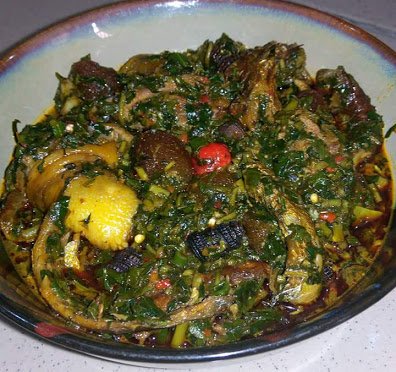Patch sizes, install size, deformation, shadows, collision etc
delaneyking.com
Cut the ball in half.
Maya is perfunctory at best, Unreal isn't great at all but at least you can paint in engine.
If someone can put the max vertex tools into unreal, I will buy them a drink.
Pipes, armor plates, armor trims, lettering- mechanical stuff... I always switch to max.
3dsmax pro booleans are brilliant.
The winner for hard surface booleans goes to Modo, however. If I was to make Eldar tech, modo is what I would reach for
So good.
Amazingly fast dungeon creation.
This means you can dial that up to produce a range of damage across surfaces and...
Ko-fi.com/dellak
I only drink optimised coffee.
This is the sort of mindset you need.
I call it Green Cloud thinking.
So make a good round clipping mask, reuse that on coins, plaques on walls, the sun, shields etc. Fit those graphics to your clipping mask.
The rock your hero shoots can be the rock she standing on, the gibs when she kills something, the ice chunk from her ice spell.
The bubbles underwater can be a force field, a teleport spiral, a fireball
Material instances use the same node graph but you can change variables and textures to get different looks.
I then create instances that point to these.
Using functions and material parameter collections in your master materials lets you tune things globally. Game looking too grungy? Punch in a single value.
Boom.
Saves a buttload of work and lets your art director tune.
I like my enemies to all have differences.
A bonus is you can snap them off when you hit a character so hard it punches the highlights out of their hair.
And clean up your desk.
:p
Decimation master in zbrush lets you crunch meshes down dynamically. 2 crunches- one for baking and a lighter one for retopo
Deleting a lot of the unused highres is dumping wasted data
Wear sunscreen
Remember you can get substance designer to spit out custom map channels too.







